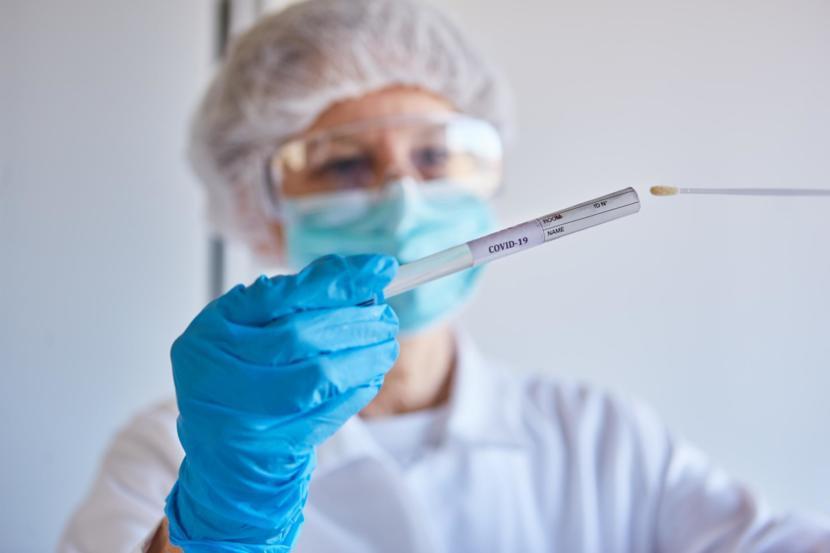Should you get tested?

COVID-19 has caused massive anxiety to most, if not all of us, even to those people with a scientific background. We have been aware of the statistics: how fast the number of positive cases increases, the mortality rate, and even the number of recovered patients. The public is also being informed about the signs and symptoms. However, this eventually makes people worry or even become paranoid.
For sure, you have heard about having flu-like symptoms like fever, coughs, colds, body weakness, and headaches. The public has also been warned about other respiratory alterations like having difficulty breathing, persistent pain in the chest, and having cyanosis (bluish discoloration) in the face or lips.
What could be the problem then? Some of these are common symptoms! Someone having allergic rhinitis (runny nose), asthma attack (chest tightness), or even low hemoglobin count can manifest the abovementioned cues. Hence, many people are thinking about getting tested.
Although getting tested is a wise decision, not everyone must do it. Health departments from different states and localities have guidelines that may differ from one to another.
Common Ground
Fortunately, there are some common rules we can identify. The majority of the U.S. states say that testing should be done for individuals who have direct or close contact with a person with COVID-19. You can check your symptoms using basic medical equipment from Heartland Medical. By definition, direct contact is touching or getting exposed to an infected patient's secretions. Having a close contact is a prolonged period of being with a patient who has the coronavirus, within 2 meters (about 6 feet).
Another common guideline says that you should be tested if you are manifesting the symptoms and have traveled to Level 2 or Level 3 countries, as issued by the Centers for Disease Control and Prevention (CDC), and those who have undergone mandatory or precautionary quarantine.
Other countries, on the other hand, have been doing mandatory testing in order to identify the extent of the coronavirus infection in their area.
Prioritization When It Comes to Testing
Health care providers or clinicians have been given the mandate to implement testing as guided by their professional and scientific judgments. They are assigned to identify people who should be tested.
If you are still not sure about whether or not you should get tested, be aware that you are a priority for testing if you are having the signs of respiratory illness and fever, plus if you:
- Are confined in a hospital for treatment
- Work as a health care provider
- Are symptomatic and living in long-term care facilities
- Are aged 65 and above
- Are with underlying conditions
- Are a first responder
In most areas, testing has been controlled due to the availability of resources. These priorities have been implemented in order to:
- Decrease the transmission of the infection, especially in the health care system.
- Identify and properly give attention to those who are at high-risk. These are the people who can get complications from the infection.
In areas wherein resources are not a problem, testing can be done to prevent a rapid increase in the number of coronavirus cases in people who are symptomatic and work in critical infrastructures. Those who are not showing any signs or symptoms can also be tested and prioritized if they are health care workers or if they live in a community with high COVID-19 cases.
Basically speaking, having the indications of COVID-19 should prompt you to get tested. The urge to get tested gets higher if you belong to the priority list, have had direct or close contact with an individual who has tested positive, and/or you have a history of travel abroad.
Nonetheless, you can use an online symptom checker to help you identify if you need immediate medical attention.









